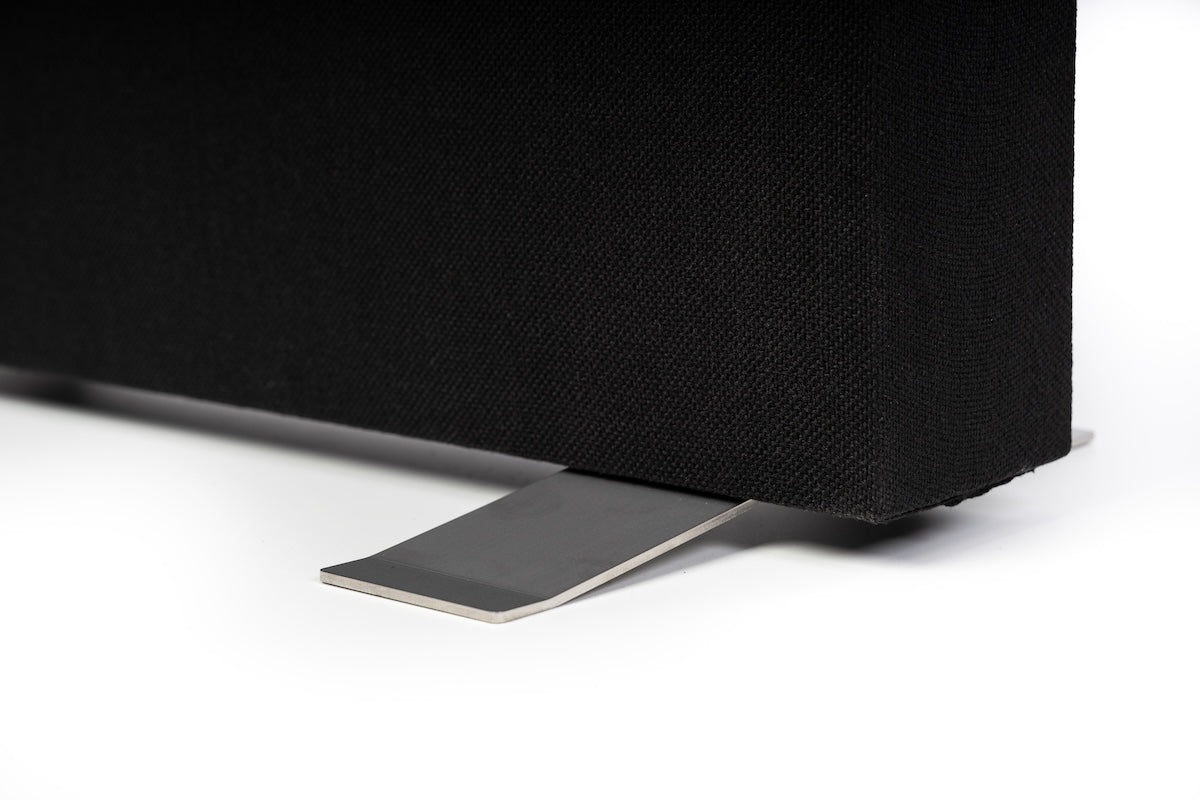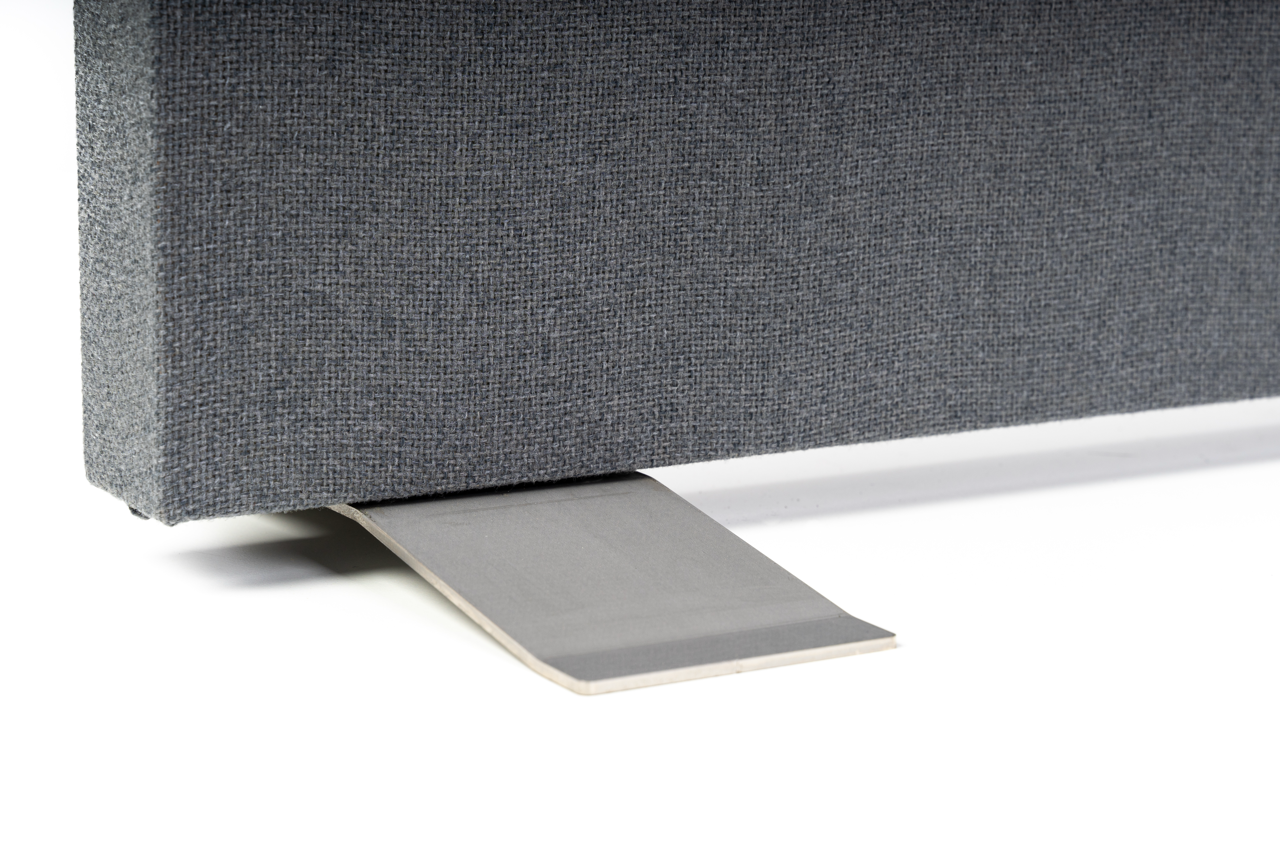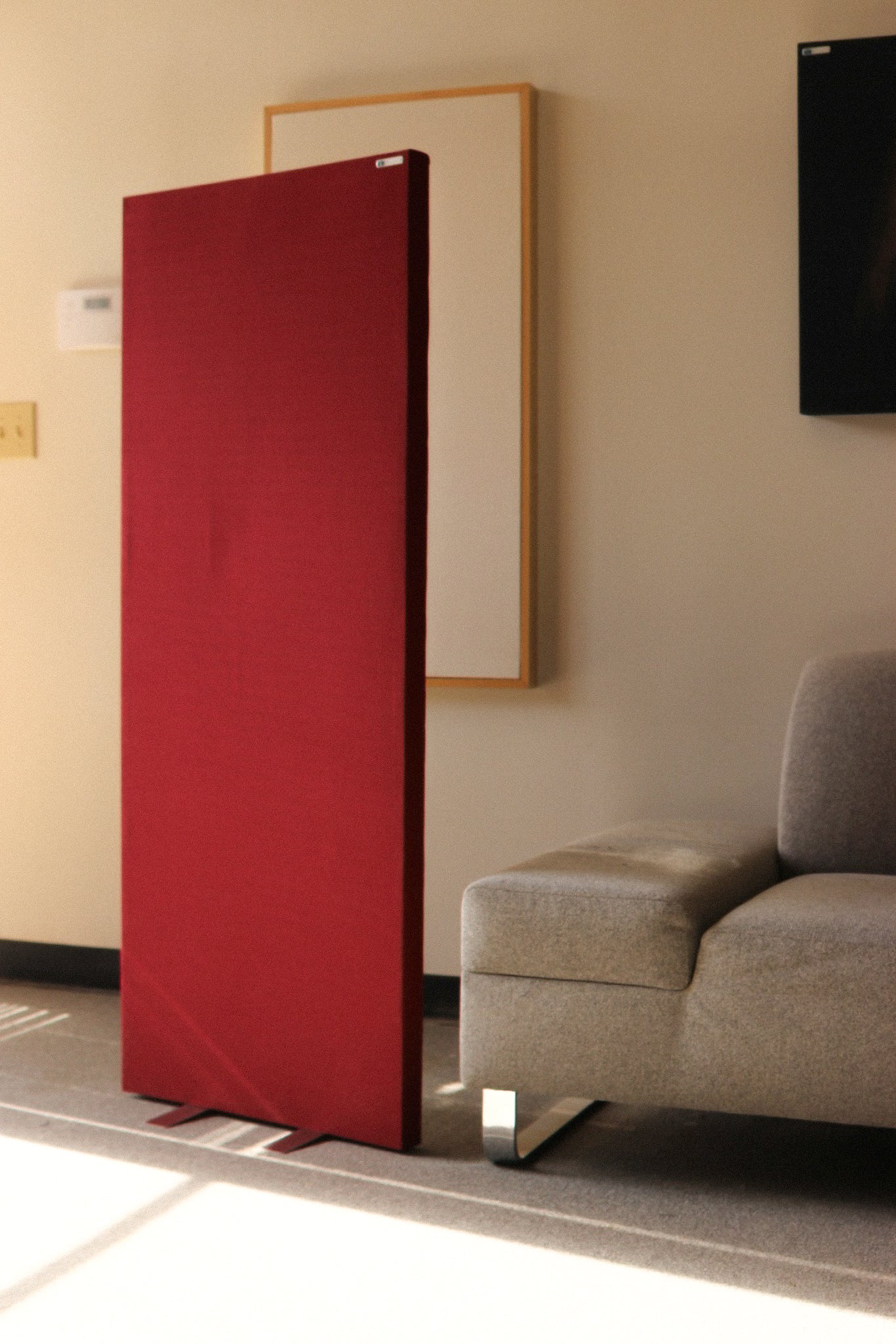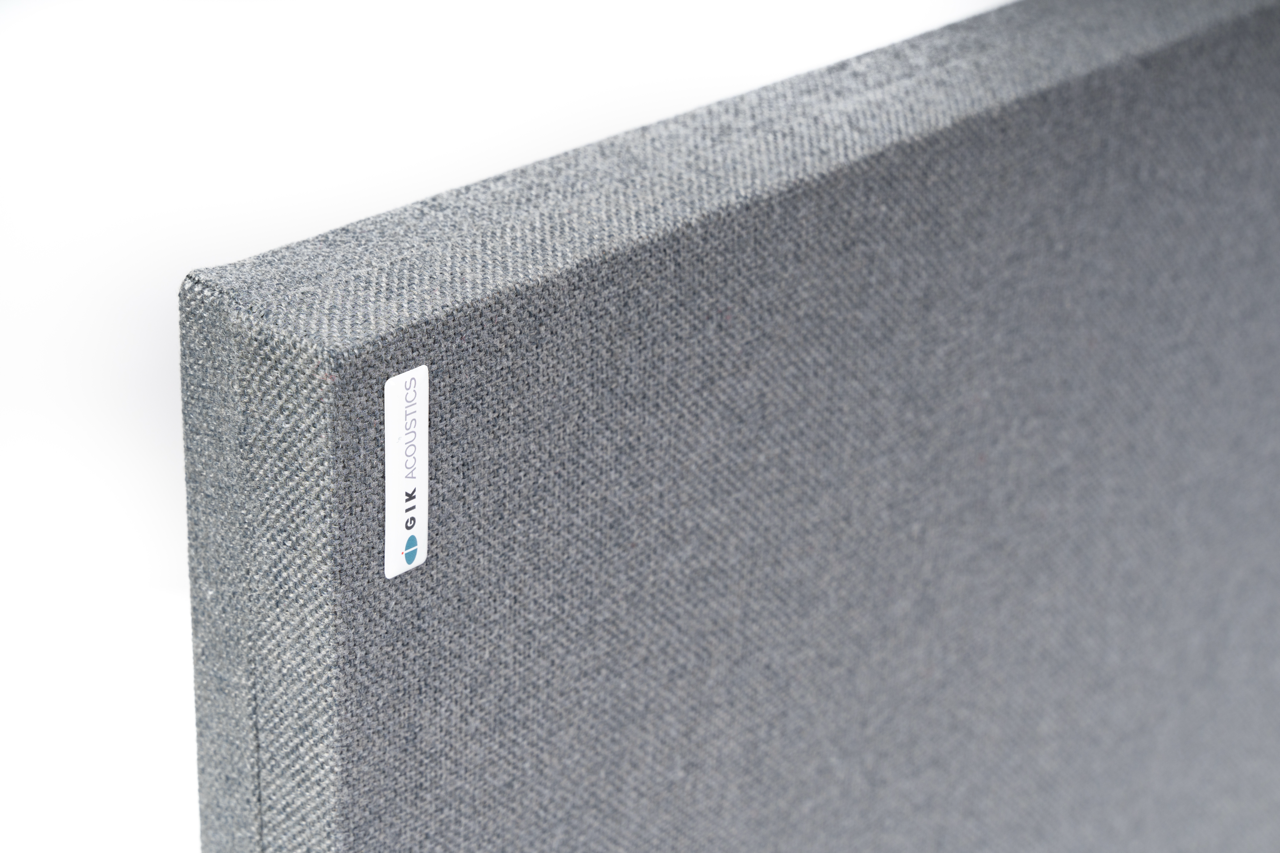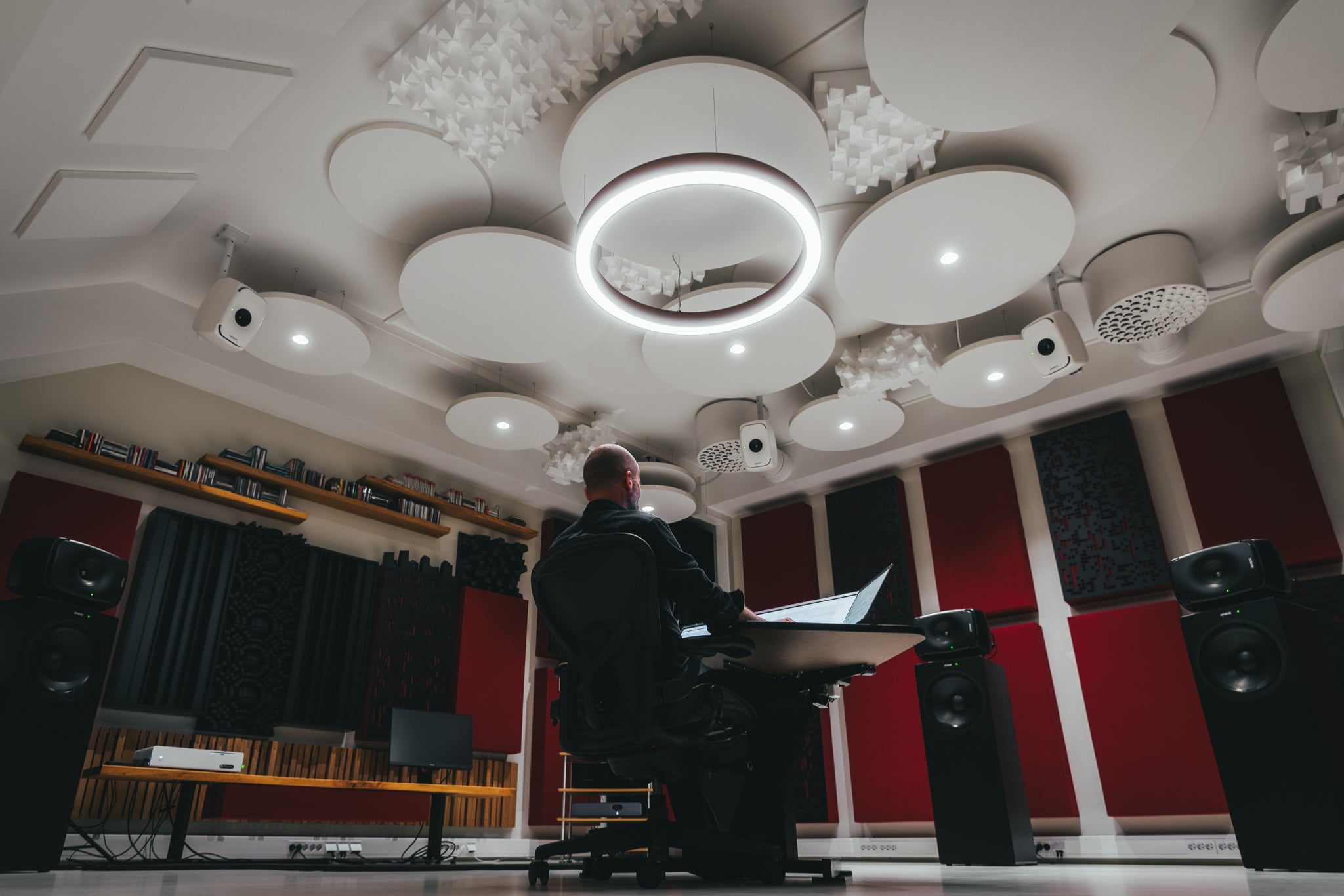If you have any questions, you are always welcome to contact us. We'll get back to you as soon as possible, within 24 hours on weekdays.
-
Shipping Information
Use this text to answer questions in as much detail as possible for your customers.
-
Customer Support
Use this text to answer questions in as much detail as possible for your customers.
-
FAQ’s
Use this text to answer questions in as much detail as possible for your customers.
-
Contact Us
Use this text to answer questions in as much detail as possible for your customers.
Reduces Noise, Echo & Reverb
Cleaner sound
Portable & Freestanding
Move it anywhere
Available in 20+ Colors
Match any style
Early Reflection Control
Sharper imaging
Pro-Grade Materials
Engineered for peak performance
Quick & Easy Installation
Fast setup with no heavy tools
FreeStand Acoustic Panels
LAST CALL!
Sale ends in:
--
Days--
Hours--
Mins--
Secs
CYBER WEEK DEALS
Buy More, Save More
up to $999 –> Save 5%
$999 - $1999 –> Save 10%
$1999 - $2999 –> Save 15%
from $2999 –> Save 20%
Pairs well with
Proven GIK Design
Lab-Verified Performance
Eco-Friendly Materials
2-Year International Warranty
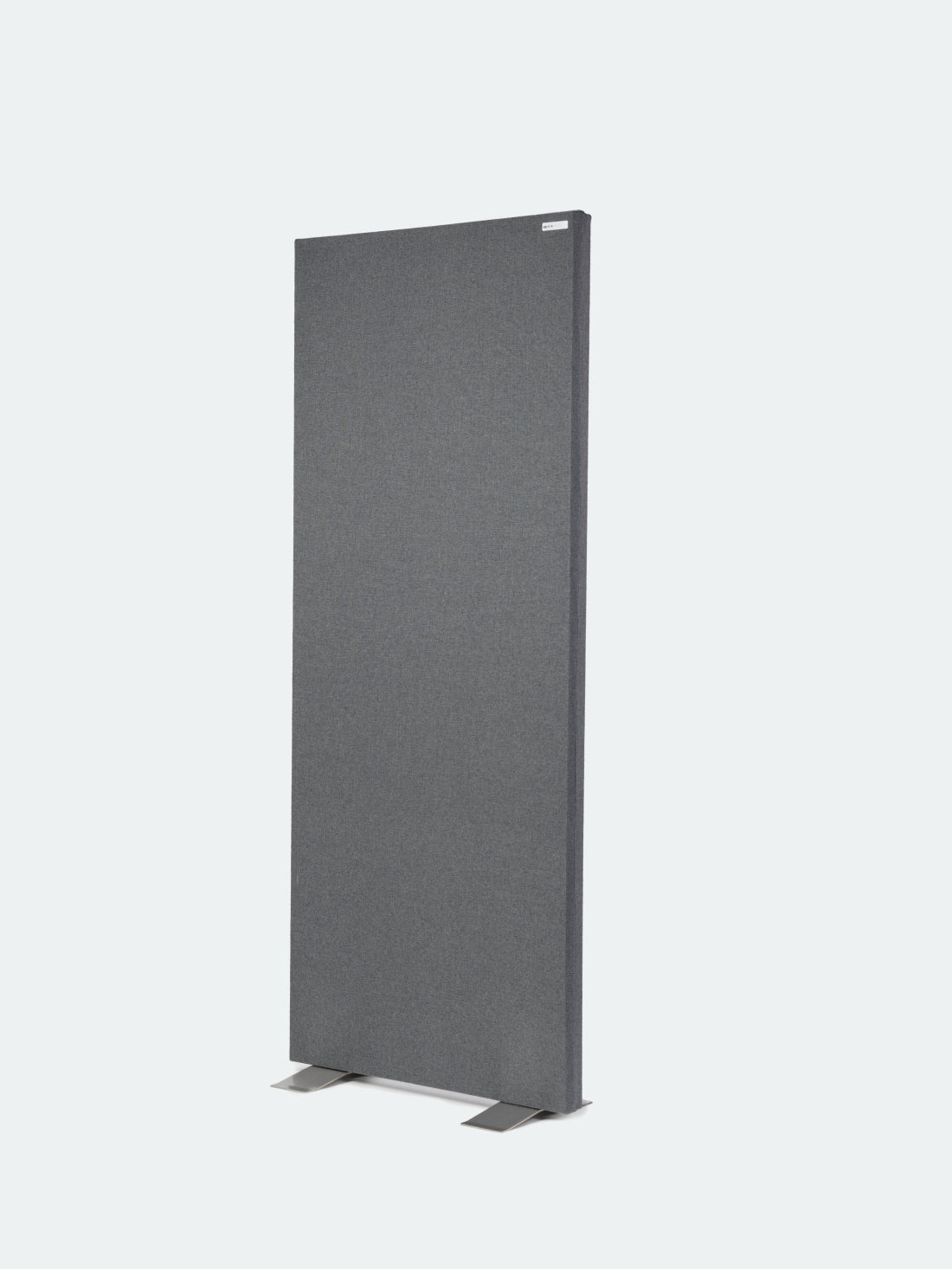
FreeStand Acoustic Panels
Performance You Can Trust
Every GIK product is tested at the world-renowned University of Salford, following BS EN ISO 354:2003 standards. This scientific approach not only ensures complete transparency in how our products perform, but also drives our R&D process. So every panel, bass trap, or diffuser we release is engineered to deliver results you can trust.
Product Description
Description
Achieving high-quality sound in a recording or listening environment requires effective sound absorption and control over reflections. The GIK FreeStand Acoustic Panels are portable gobo (“gobo” comes from “go between”) designed to enhance sound control by reducing reverb and unwanted reflections while providing flexibility in placement. Unlike acoustic foam, this gobo panel utilizes better absorbent materials superior performance and durable wood internal frames for more stability, making it an essential tool for home studios, on-the-fly DIY recording booths, live performances, or any time you need to improve room acoustics without installing panels permanently.
Specifications
How to Use
Materials
Camira Cara Fabrics
GIK is excited to use the Camira Cara fabric line standard in all our products. The Camira fabric will look familiar to fans of Guilford of Maine fabrics, similar to their FR701 line but with different color options. With a richer aesthetic and tactile feel and wider range of available colors compared to our previous standard offerings, Camira Cara allows every product to look as good as it performs.
Sustainability
GIK Acoustics has long prioritized sustainability as a guiding principle. We carefully select materials that balance acoustic performance with environmental responsibility, sourcing from suppliers who share our commitment to reducing waste and carbon impact. Our products use durable, recyclable components that minimize landfill waste while maintaining the highest acoustic standards.
Health & Safety
Health and safety are built into every GIK product. All materials—including fabrics, cores, and wood elements—are formaldehyde-free, low-VOC, and independently tested for indoor air quality. This ensures our treatments are safe for studios, homes, schools, and offices alike. We believe superior acoustics should never come at the expense of well-being, which is why our products are made with clean, non-toxic materials that protect both the people who use them and the spaces where they’re installed.
Care Instructions
Camira Cara Fabric
Vacuum regularly. Wipe with a damp cloth using soap and water or use proprietary upholstery shampoo. For deeper cleaning use bleach or alcohol.
Veneer Finishes
Clean with a soft cloth or soft brush, lightly dampened with kukewarm PH-neutral, soapy water. Do not use solvents or chemical cleaners, but cleaning can be done with alcohol-based cleaners. Finally, wipe with a damp cloth afterward.
Your Space, Your Rules.
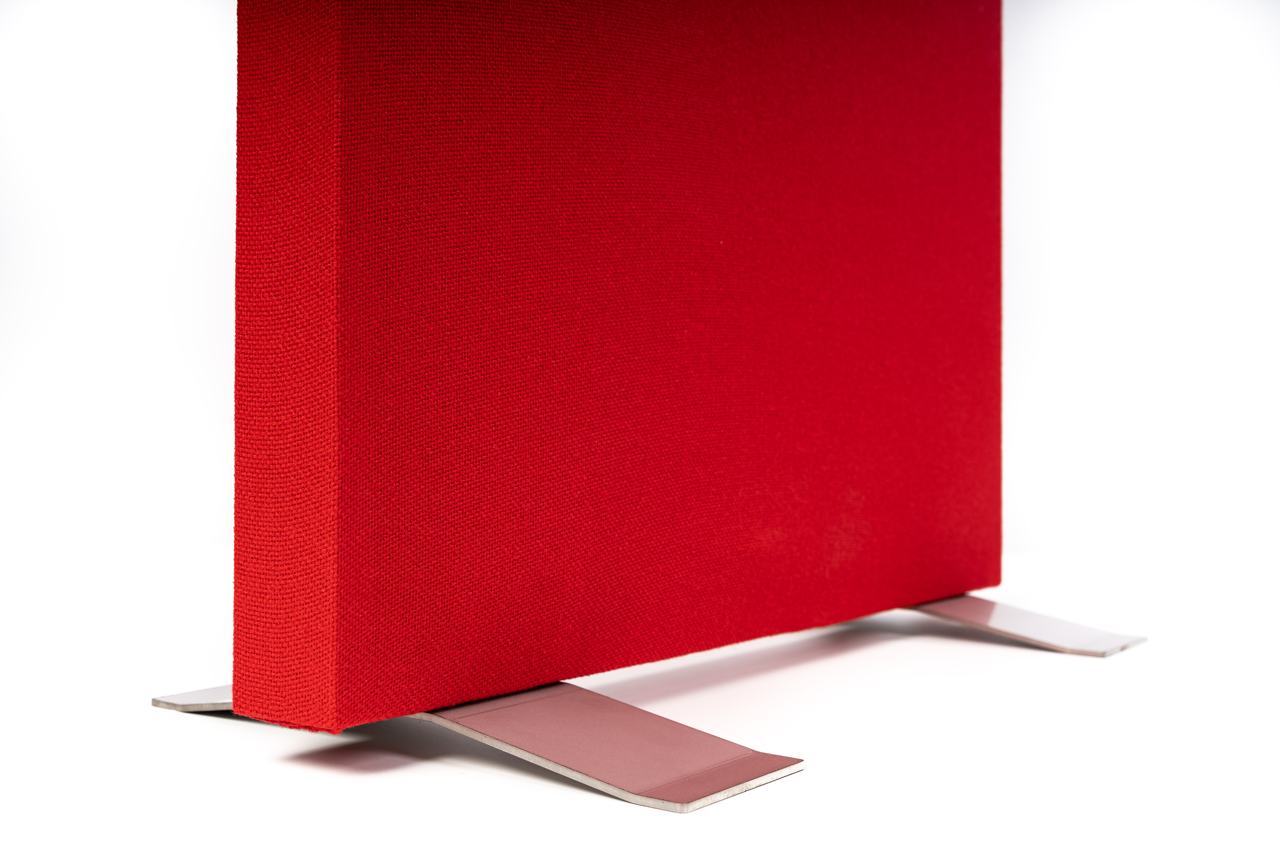
Improved Sound Clarity for Home Studios & Recording Setups
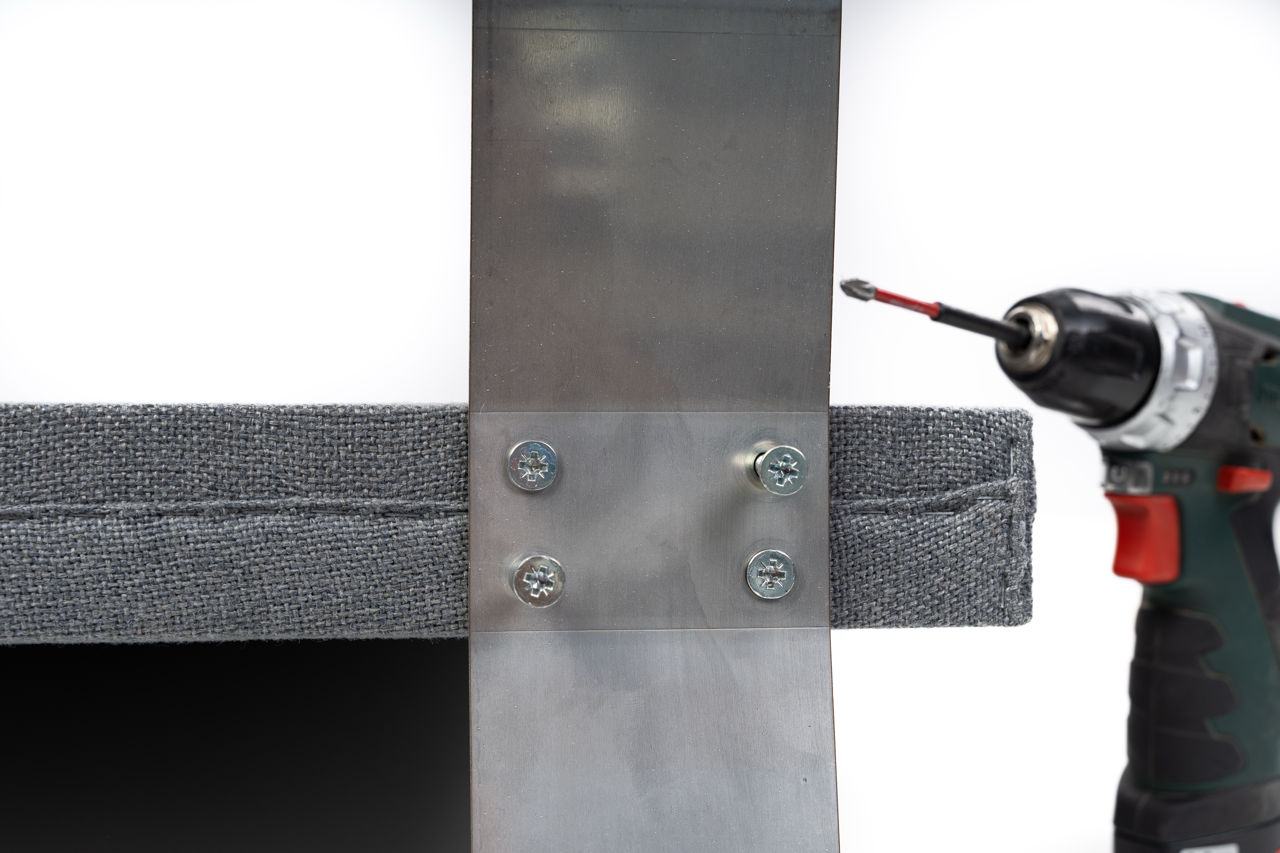
Portable & Adaptable Sound Treatment

